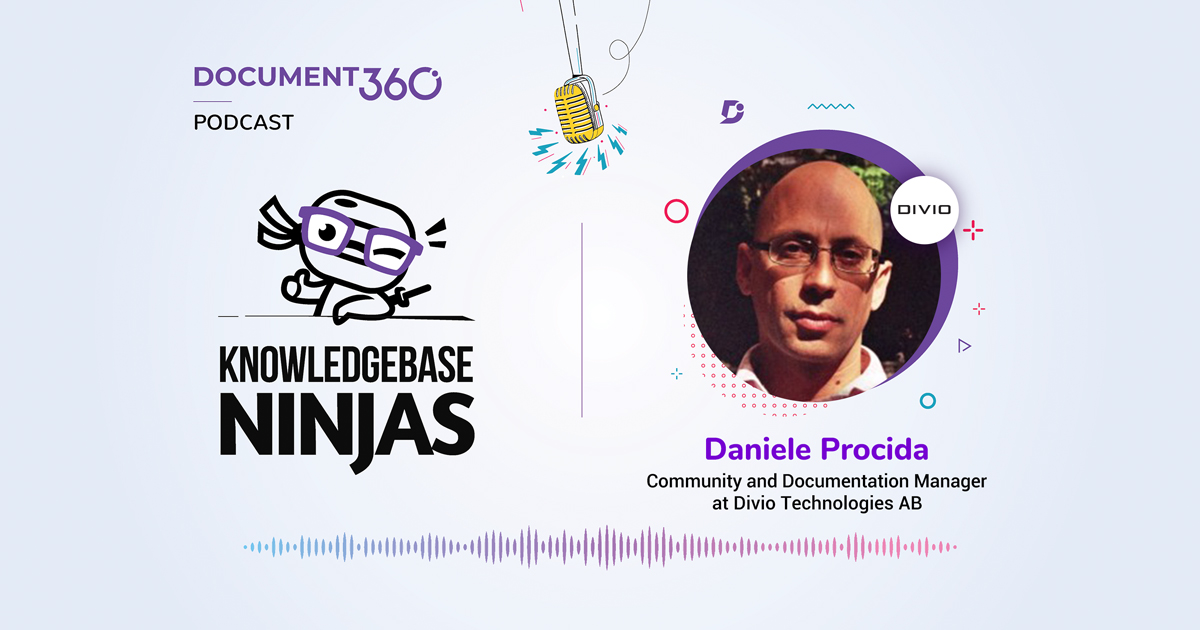Kavitha Kandappan, Technical Writing Manager at AMD joins us in this episode of Knowledgebase Ninjas to discuss the best ways to process documentation.
Connect with Kavitha and AMD here:
Key Takeaways:
Kavitha has been in technical writing for 17 years
One of Kavitha’s neighbours asked whether she knew English and she offered to help him out with some technical writing. From there she learned about user manuals, again with no prior knowledge about the tools they were using, that is where her journey into technical writing began.
Kavitha is currently a technical writer at AMD. She works with CPU engineers who develop collateral for partners, customers, and users. Kavitha makes sure that they are following documentation best practices, that AMD are addressing the user’s needs and that their messaging is concise, clear and accessible.
You cannot measure documentation ROI directly
Kavitha furthers this statement by saying that you cannot put a number on how documentation supports a user’s need. A few questions to ask when measuring documentation success are:
- Are we reducing the number of support calls?
- How many clicks are we generating from our documentation?
And most importantly, you must ask for feedback from your customers when they use your site. This is how you can get close to measuring an ROI of your documentation.
Kavitha’s documentation review process
Kavitha has a process in place to measure the quality of the documentation. Everything goes through Kavitha and the Legal team to ensure it adheres to brand guidelines.
The review process is difficult, you have to think about the language and how you are communicating the language to the customers and users. You also have to make sure that you have these processes in place to make sure that quality and communication is there.
Kavitha’s advice for young technical writers
When it comes to documentation you can never learn enough! There is always one or two things that will elude you when you are looking at the product and customer experience.
Unless you learn who the user is you cannot provide them with what they want. You should do your user’s justice and not always tailor your work to the product managers and engineers. She brilliantly adds that your customers are your content users! Make sure you address their needs before satisfying your engineers and product managers needs and wants.




 –
– 

